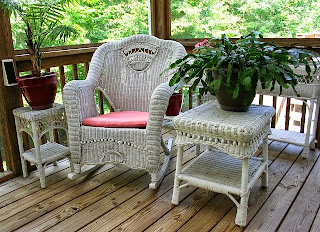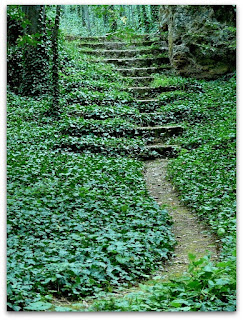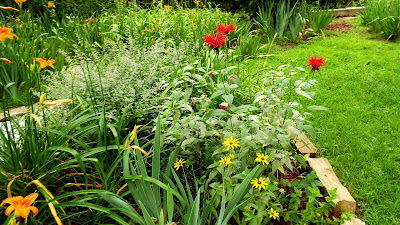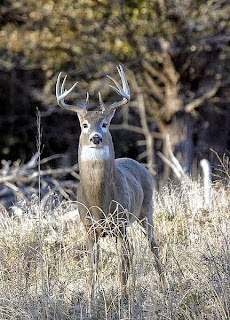After the spring rain and a few warm days, I noticed that my hosta plants were coming up. There are quite a few plants that have green leaves and seem to be growing fast. Since the plants have new growth I knew it was time to work in the garden.
Here is a photograph of my spring Hosta Garden. It was taken after I completed my garden maintenance.
| Spring Hosta Garden, with daffodils leaves, and mulch |
Today I did a hand pulling of the weeds and grasses that were growing in the hosta garden. There were also lilies that had spread into this garden. I dug them up and transplanted them into another garden. Since it is early spring the daffodils plants have green leaves. I did not cut them back, they will die back naturally.
When the garden maintenance was completed I added some compost that was amended with topsoil and mixed well before adding it to the hosta garden. This compost and soil mixture is a good way to feed the plants naturally.
Where I reside we do get a lot of rain in the spring and this rain can cause soil erosion. I decided to add a two-inch layer of cypress mulch around the plants to prevent the compost from washing away. Garden plants do benefit from a mulch application because it helps to deter the growth of weeds, keeps the plant roots cooler in summer, and aids in retaining moisture.
Here is a photo of one of my Hosta gardens





























